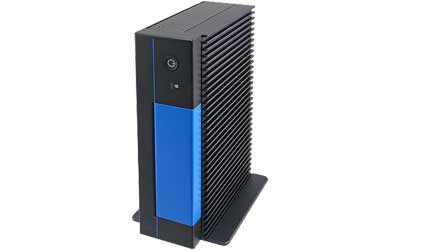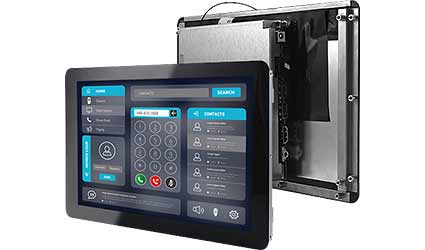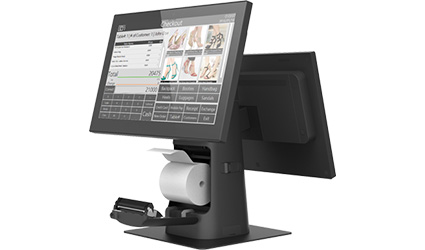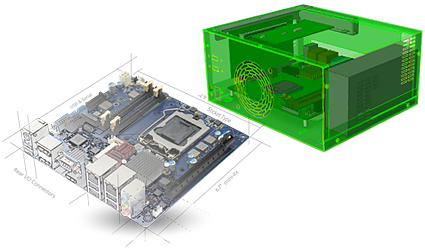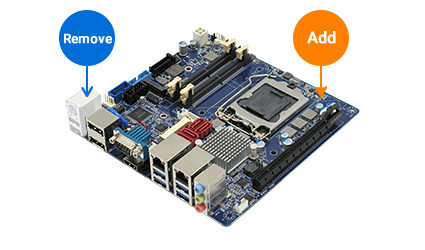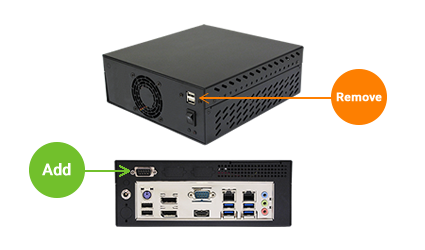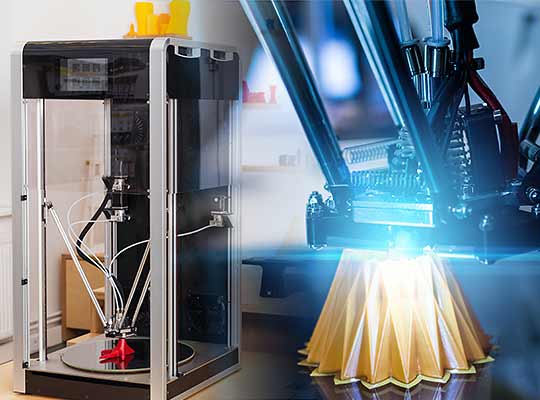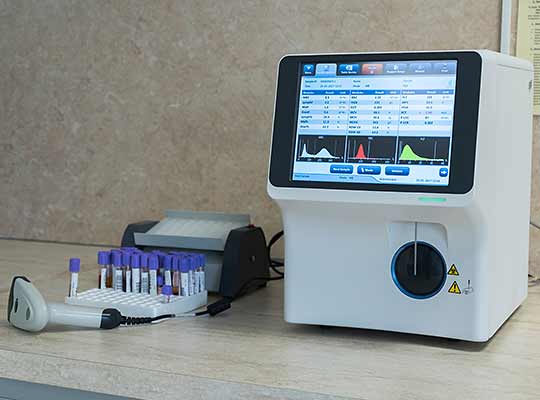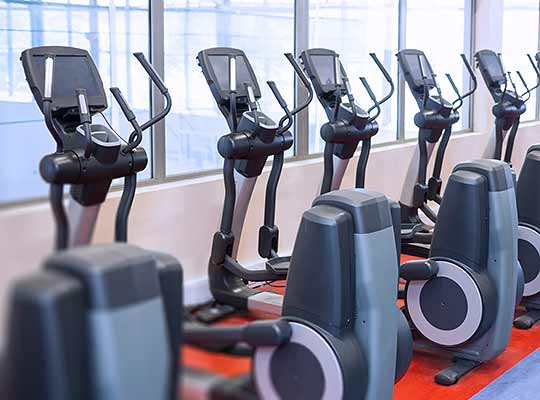Connect with our sales and highly experienced product architects to receive an expert consultation in understanding your requirements and incorporating those into a specification document that incorporates the electrical, mechanical, functional, and ID requirements along with budgetary unit pricing and development costs. Included in our quote will be the final unit cost as well as development costs (NREs), ordering requirements, and lead-times.
Once the specification, pricing, and design costs have been agreed upon, a list of deliverables and the overall project understanding by both parties will be summarized in a statement of work (SOW) that identifies the actions to be performed by each party, resource assignments, an estimated schedule, and an estimate of design services expenses that will be memorialized in a memorandum of understanding (MOU) or detailed custom design agreement. Upon agreement and receipt of the NRE down payment, a project team will be assigned and a detailed project schedule will be provided showing the total development time and highlighting the major project milestones and deliverables detailed to the individual tasks needed to achieve them.
Go to Phase 2 for more info
This phase commences following a signed-off Requirements Document. During this phase BCM will create a Functional Test Plan, provide a product ID design, develop schematics, create mechanical drawings, and begin tooling for mechanical parts, layout the CPU board and create Gerber files, and identify key components for the BOM. Modifications, changes, and corrections to the requirements will be documented and noted in revisions of the document. Long-lead materials will be pre-kitted for prototype and development units. Project review meetings will commence at intervals aligned with the customer’s schedule and expectations, typically weekly.
Go to Phase 3 for more info
During this phase BCM will provide a progression of pre-production prototypes for core functionality testing, application testing, proof of concept, compliance testing, and customer demonstration purposes. Following completion of the initial prototype testing (EVT), BCM will commence with the design validation unit build (DVT) and in conjunction with the customer will perform tests to prove the functionality and reliability of the design and to insure suitable functionality and performance in its intended application. For system projects, these units will be assembled from tooled parts. Testing will be documented in a Functional Test Plan.
Go to Phase 4 for more info
Following completion of the design verification testing and any final updates are approved and implemented, a pilot run will commence for production level units in quantities typically ranging from 25 to 200 units. During this phase our factory production engineers (PE) will finalize their manufacturing SOP and perform in-depth QA/QC verification.
Go to Phase 5 for more info
Production release involves final review and verification of the product(s) and production release documentation. Responsibility will transfer from the BCM project management team to the BCM manufacturing operations team. During this phase and ongoing through the product’s life, BCM’s strict production revision control (ECO) processes and document control system will come into effect and mass production preparation including packaging and label finalization are completed.
Go to Phase 6 for more info
At BCM our business is anchored around keeping a product available for as long as possible. That is why we thoroughly review our component selection prior to adding them to our approved vendor list (AVL). BCM is committed to bring reliable products to our customers as long as demand and parts are available. Typically, a BCM product’s lifecycle can expect to be at least 5 to 7 years and often can exceed that depending upon demand and/or a customer’s lifecycle requirements at design inception. There are times when a product may need to be revised due to reasons such as obsolescence of a particular component or change in regulations such as the European RoHS initiative. In these cases, we strive notify our customers at least six (6) months in advance to discuss the available options such as a last-time component buys or suggest component replacements explaining pros and cons and allowing our customers reasonable time to make informed decisions and plan accordingly.
Go to Phase 1 to start over


